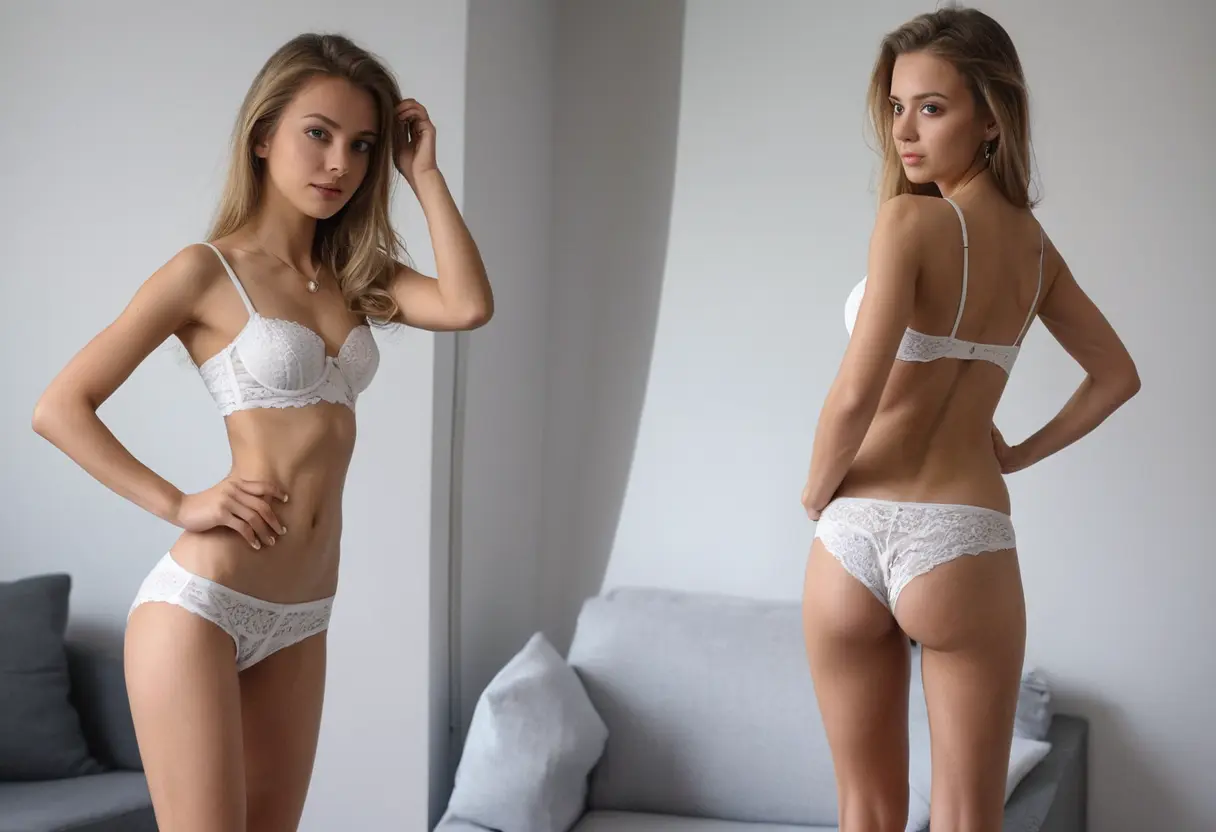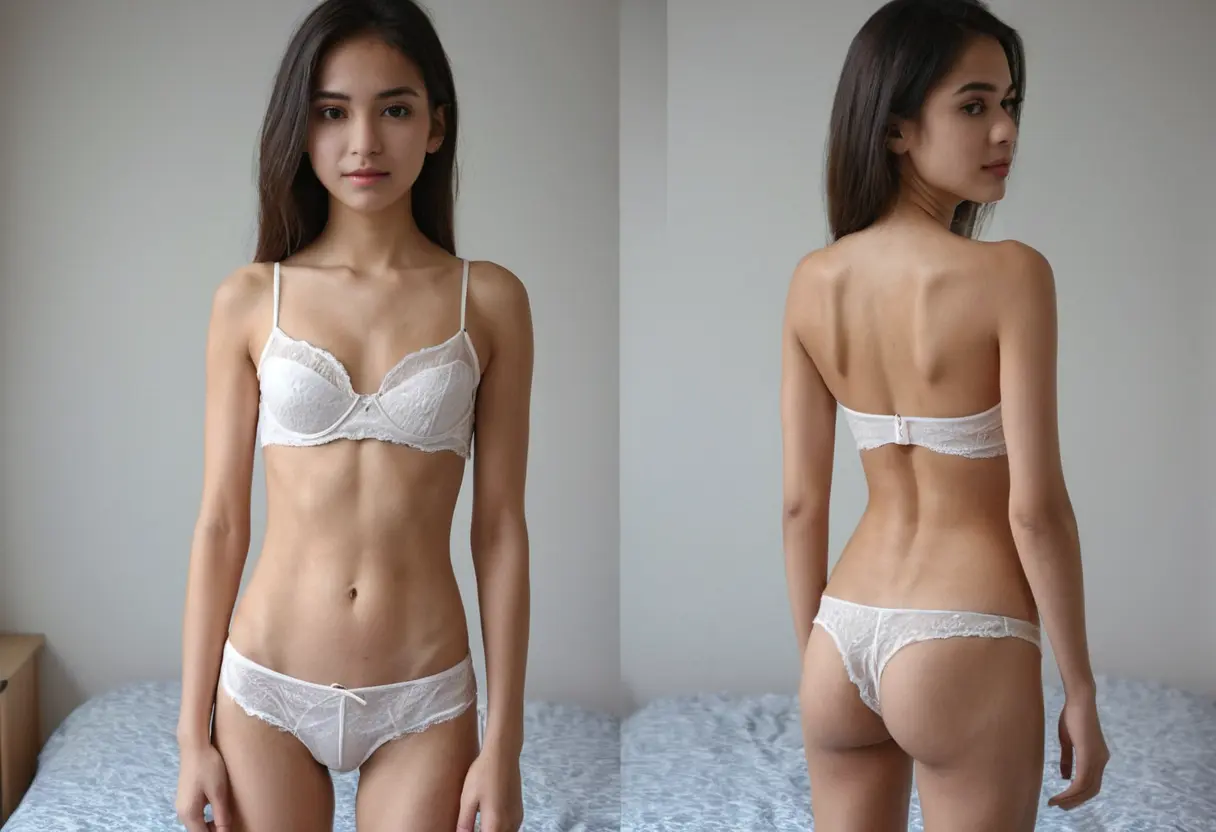In recent years, artificial intelligence (AI) has made significant advancements in various fields, from healthcare to entertainment. One of the most controversial developments, however, is the rise of photo undressing AI, which allows for the digital alteration of images, often by removing clothing or altering body features. While this technology presents several opportunities in industries like fashion, advertising, and entertainment, it also raises serious concerns about privacy, consent, and the ethics of image manipulation. In this article, we will explore the impact of photo undressing AI on privacy and the broader trends of image modification. We will examine both the positive and negative aspects of this technology, its potential applications, and the societal challenges it presents.
Photo undressing AI is powered by deep learning algorithms that can analyze and generate highly realistic images. These algorithms are often trained on vast datasets of images, allowing them to understand human anatomy and clothing patterns. Once the AI is trained, it can perform tasks such as removing clothing from a photo or changing the appearance of a person’s body, even altering proportions and features with striking accuracy.

This type of AI technology falls under the broader category of generative adversarial networks (GANs), where two neural networks compete with each other to improve the quality of the output. One network generates modified images, while the other assesses their authenticity. Over time, the AI improves to create images that can be indistinguishable from real photos, leading to an alarming ability to manipulate personal images.

One of the most significant concerns surrounding photo undressing AI is the issue of privacy. As AI tools become more accessible, individuals' personal images can be manipulated without their consent, leading to potential harm. These manipulated images can be shared online, often resulting in defamation, harassment, or even exploitation. The lack of consent and control over one’s own image creates a gray area in terms of digital privacy, with legal frameworks struggling to keep up with the rapid development of such technologies.

Additionally, there is a growing concern about the use of photo undressing AI in revenge porn and other malicious practices. For instance, intimate photos of individuals could be altered and distributed in a harmful manner. As AI continues to improve, it becomes increasingly difficult to distinguish real from altered images, exacerbating the risk of abuse.
Photo undressing AI is part of a broader trend in image modification that has been evolving for years. Image manipulation tools have become a staple in the world of social media, advertising, and entertainment. AI-powered image editors, like those that enhance facial features or adjust body proportions, are now used regularly by influencers, celebrities, and content creators to achieve a “perfect” image.
This growing trend of image modification is reshaping the way society views beauty and body standards. With AI, individuals can alter their appearance to fit a specific ideal, leading to unrealistic expectations of beauty. The rise of deepfakes and other AI-generated media also challenges the notion of authenticity in the digital world, as it becomes increasingly difficult to trust what we see online.
While image modification has its benefits in creative industries, it also contributes to negative self-esteem, particularly among young people who are exposed to highly edited images on social media platforms. The prevalence of AI-driven image alterations creates pressure for individuals to conform to unrealistic beauty standards, leading to a rise in body dissatisfaction and mental health issues.
The legal landscape surrounding photo undressing AI is still developing, and many countries have yet to establish clear regulations. However, some governments and advocacy groups are calling for stricter laws to protect individuals from the unauthorized manipulation of their images. In some jurisdictions, creating or distributing altered images without consent is already illegal, but enforcement remains a challenge due to the nature of AI-generated content.
For example, some countries have introduced anti-revenge porn laws that make it illegal to distribute explicit or altered images of individuals without their consent. However, these laws often struggle to keep up with the rapid pace of AI development. Additionally, there are concerns about how these laws could impact freedom of expression and creativity, particularly in the realms of art and digital media.
In the United States, some states have passed laws criminalizing the creation and distribution of deepfake videos, which are similar to photo undressing AI in terms of how they manipulate images. These laws aim to curb the harm caused by malicious use of AI but do not fully address the unique challenges posed by AI-driven image manipulation in photographs.
As AI continues to advance, it is crucial to strike a balance between innovation and ethics. On one hand, photo undressing AI can offer significant benefits in industries such as virtual fashion design, film production, and digital marketing. On the other hand, it also poses serious risks to individual privacy and can contribute to the further erosion of trust in online media.
In the future, developers and policymakers will need to work together to create frameworks that ensure the ethical use of AI while protecting individuals' rights. This could involve developing technologies that can detect altered images and creating stricter regulations on how AI-generated content is shared online. Furthermore, there is a need for more public awareness and education on the implications of AI in image manipulation, so individuals can better protect themselves from potential harm.
The rise of photo undressing AI presents both exciting opportunities and significant challenges. While this technology has the potential to revolutionize industries like fashion and entertainment, it also raises pressing concerns about privacy, consent, and the ethics of image manipulation. As AI continues to evolve, it is essential for society to establish clear ethical guidelines and legal frameworks to protect individuals from the potential harms of this technology. By doing so, we can ensure that AI's impact on image modification is both responsible and beneficial for all.
2024-11-05 23:13
2024-11-05 22:23
2024-11-05 22:23
2024-11-05 22:16
2024-11-05 22:11
2024-11-05 22:09